Fair Observer’s Video Producer Rohan Khattar Singh speaks with Daniel Idfresne, a Young Voices contributor and native New Yorker, about the shifting landscape of New York City politics following Mayor Eric Adams’s withdrawal from the mayoral race. Their discussion traces how the exit of an incumbent has transformed the contest into a stark choice between progressive activism and centrist pragmatism, embodied in the candidacies of New York State Assembly member Zohran Mamdani and former US Secretary of Housing and Urban Development Andrew Cuomo.
Adams drops out
Adams’s decision to suspend his campaign has reshaped the city’s political dynamics. Idfresne feels the mayor “dropped out because of money and lack of popularity.” He notes that Adams’s attempt to run as an independent after alienating the Democratic establishment left him without a reliable donor base or clear ideological allies. While Adams benefited from incumbency, his lack of popularity made it impossible to sustain momentum in a crowded field.
His withdrawal, Idfresne argues, strengthens Cuomo’s hand among centrist and moderate voters who were previously divided between Adams, Cuomo and Republican candidate Curtis Sliwa. Adams’s departure consolidates opposition to Mamdani’s left-wing campaign.
Mamdani’s policies
The rise of Mamdani, a Democratic Socialist and state representative from Queens, has reoriented the race. Idfresne credits Mamdani with excellent public relations skills and a social media strategy that mobilized young and first-time voters. Yet, he considers Mamdani’s economic proposals unrealistic within New York’s fiscal structure.
Mamdani’s platform centers on three core initiatives: freezing rent on stabilized apartments, introducing fare-free public buses and creating city-owned grocery stores. Idfresne critiques each as economically untenable: Rent stabilization distorts the housing market by creating a spillover demand effect that inflates prices in the unregulated sector. Fare-free transit would deprive the Metropolitan Transportation Authority of roughly $638 million in annual revenue, necessitating higher taxes or service cuts. City-owned grocery stores would repeat failed experiments seen elsewhere. One such example includes a publicly funded supermarket that quickly ran large deficits in Kansas City, Kansas.
The politics of Mamdani
Mamdani’s movement has drawn national attention for its blend of moral urgency and populist framing. Idfresne views this as part of a broader democratic-socialist wave that translates frustration over affordability into radical proposals. He warns that such populism risks demagogic candidates winning elections by exploiting the passions of the moment.
Khattar Singh challenges this by noting that many once-radical ideas, from women’s suffrage to public education, later became mainstream. Idfresne replies that those earlier reforms were qualitative shifts in values, whereas Mamdani’s policies are quantifiable and can be “tested against economic reality.”
Why Gen Z likes Mamdani
Mamdani’s strongest support comes from New Yorkers of Generation Z. Idfresne acknowledges that the candidate “address[es] a pain point” for a generation burdened by high rents and stagnant wages. His social media presence and message of economic justice have broken through long-standing voter apathy. Yet Idfresne separates empathy for the problem from belief in the solution. Drawing on personal experience, he argues that rent freezes and a higher minimum wage may backfire by worsening job scarcity and limiting affordable housing for newcomers.
These reflections highlight a broader generational divide: enthusiasm for reform versus skepticism about execution. For Idfresne, Mamdani’s popularity reflects youth frustration, not policy consensus.
New York’s undecided voters
The final portion of the conversation turns to the city’s undecided voters — families, professionals and long-time residents unsettled by rising costs and declining services. Idfresne contends that education may prove decisive in the race. He contrasts past administrations that invested in gifted-and-talented and charter programs with Mamdani’s opposition to both. In his view, that stance could drive middle- and working-class families out of the city, eroding its tax base.
This viewpoint captures a central anxiety in New York politics: whether the pursuit of equity will undermine stability. As Idfresne sees it, Mamdani’s coalition of “childless, young, college-educated New Yorkers” may not reflect the families who sustain the city’s civic life.
Khattar Singh closes by mentioning that New York’s future will depend on whether its next leader can bridge these divides between generations, classes and competing visions of fairness. For now, the race between Mamdani and Cuomo stands as a microcosm of America’s urban political dilemma: idealism colliding with economic constraint.
[Lee Thompson-Kolar edited this piece.]
The views expressed in this article/video are the author’s own and do not necessarily reflect Fair Observer’s editorial policy.





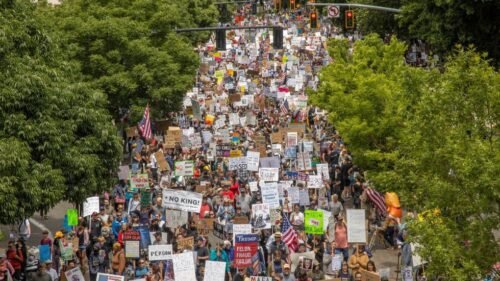
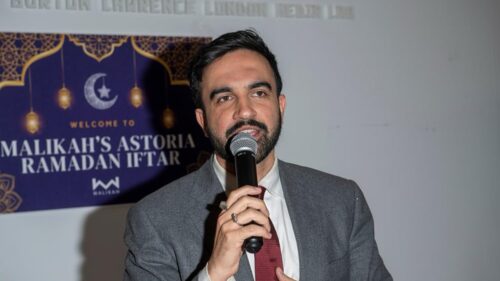

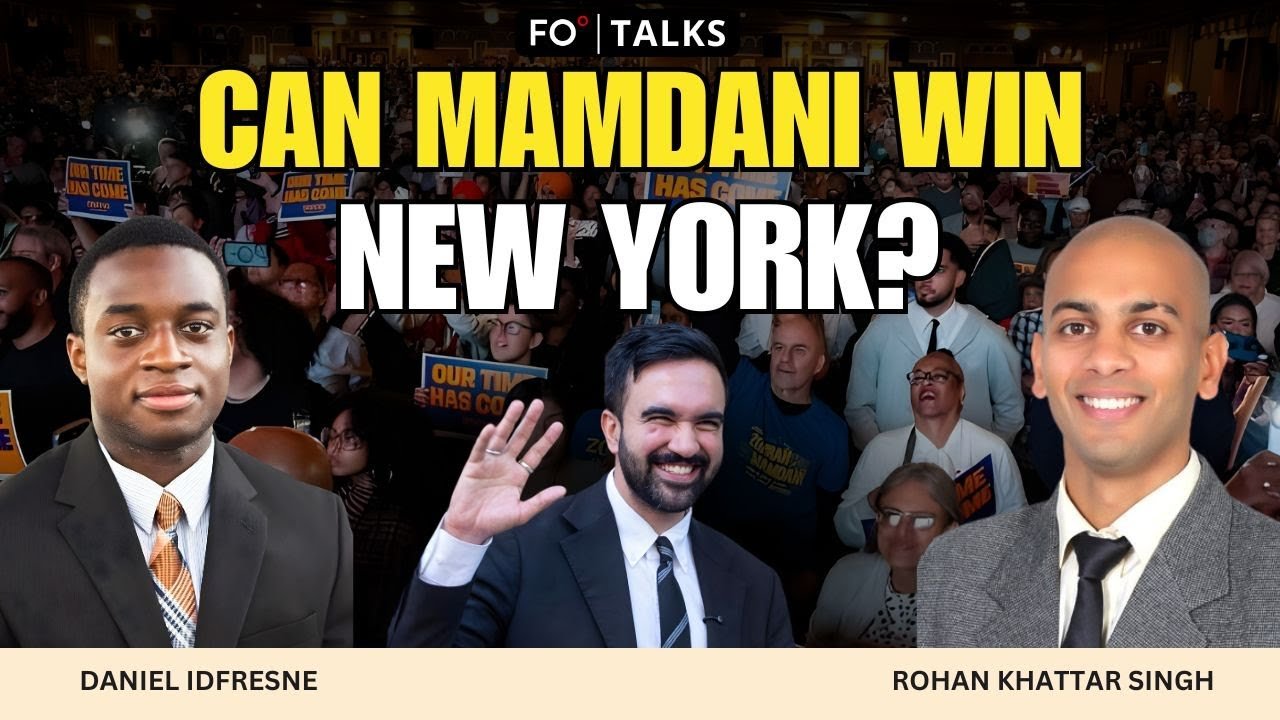

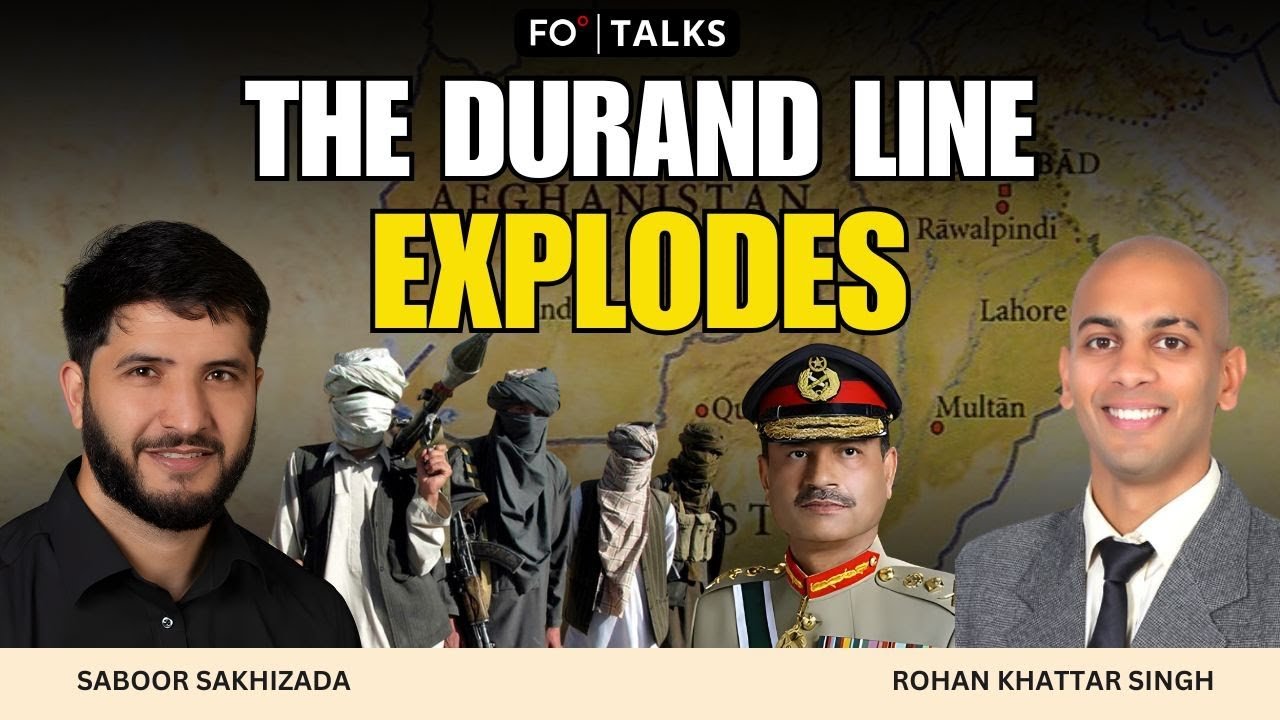

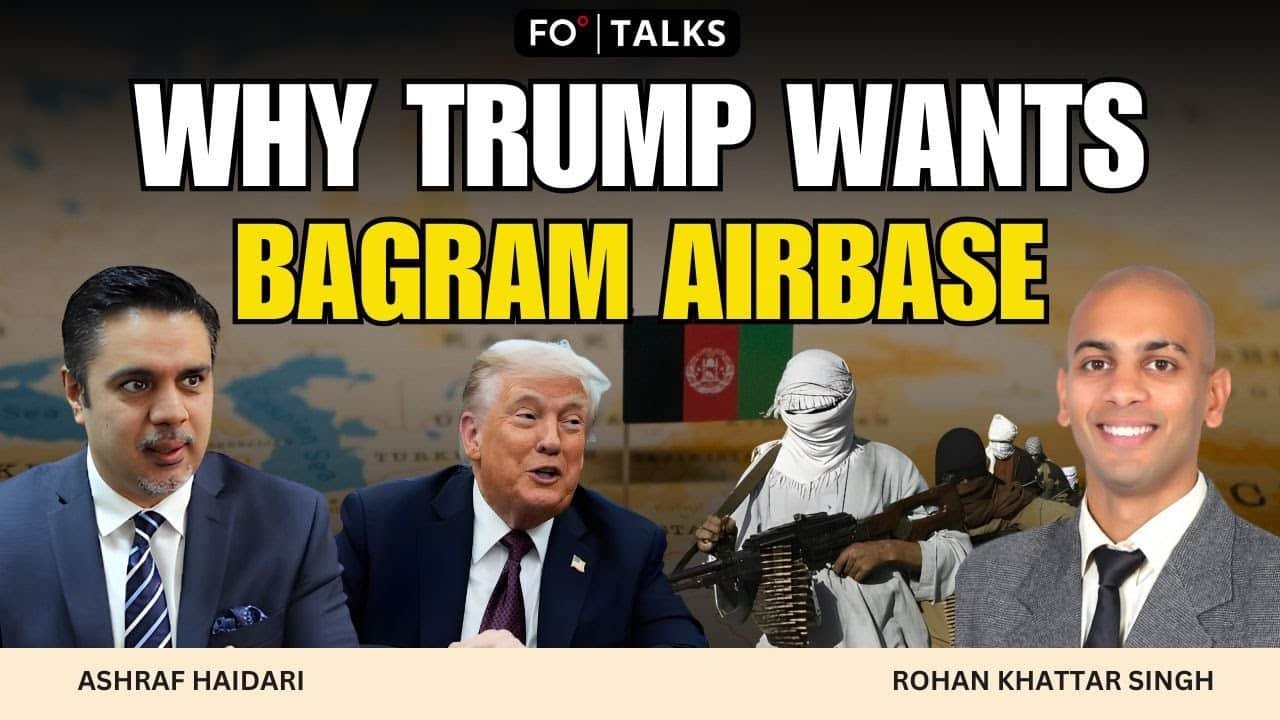



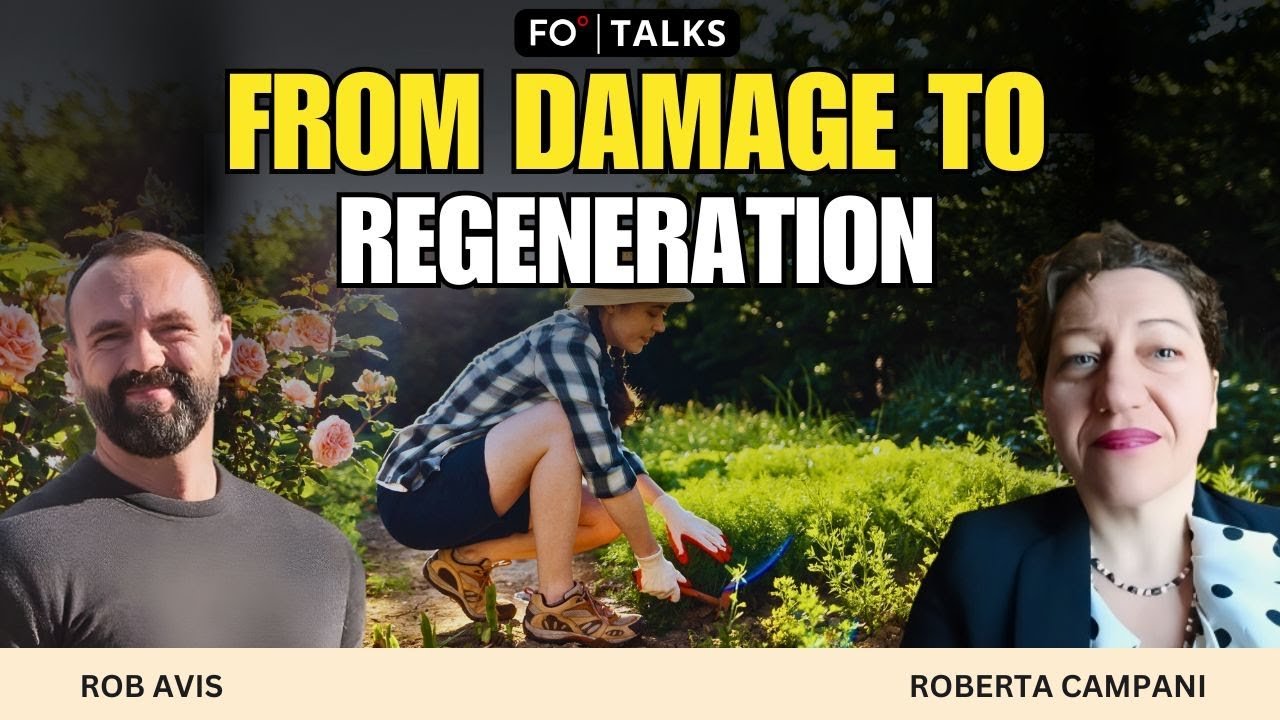







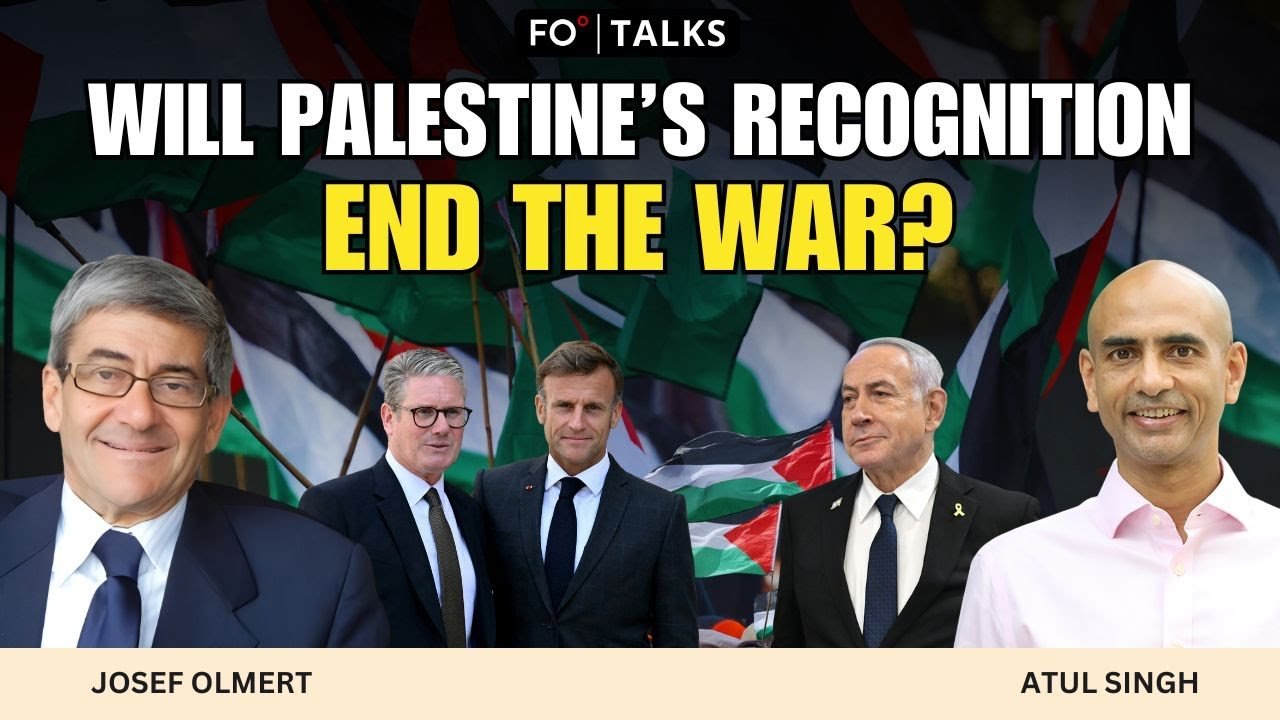

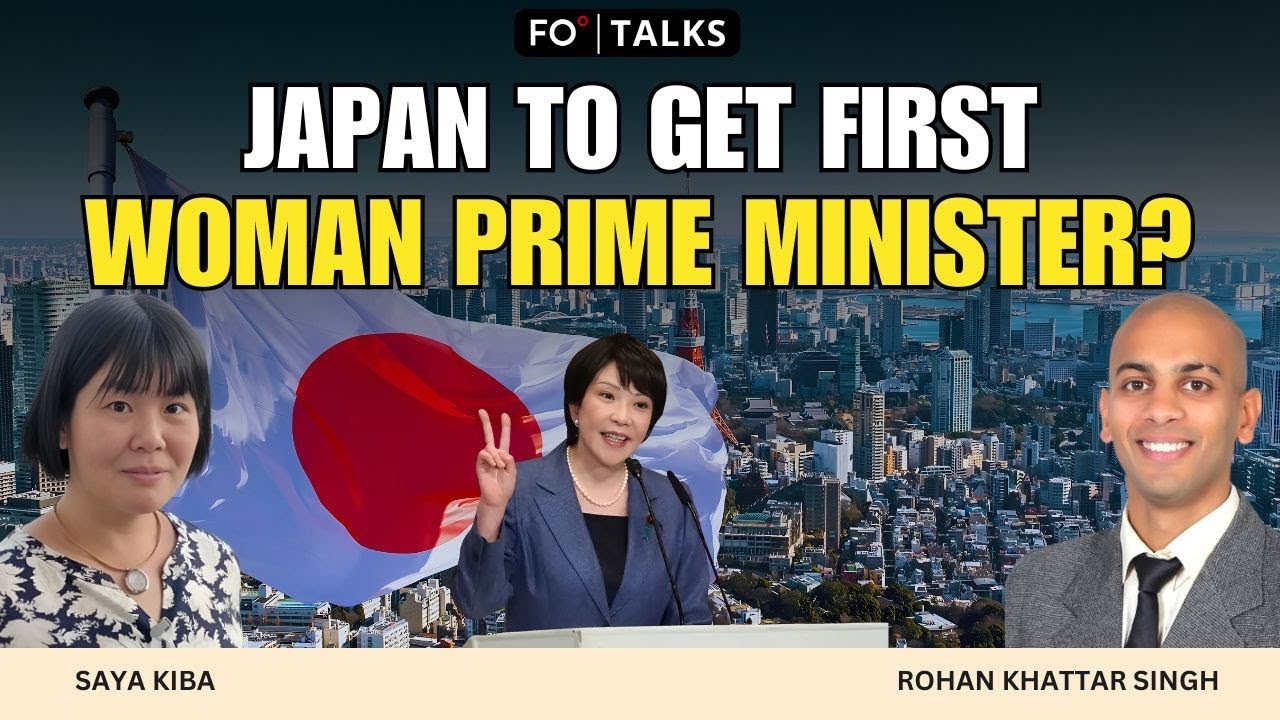

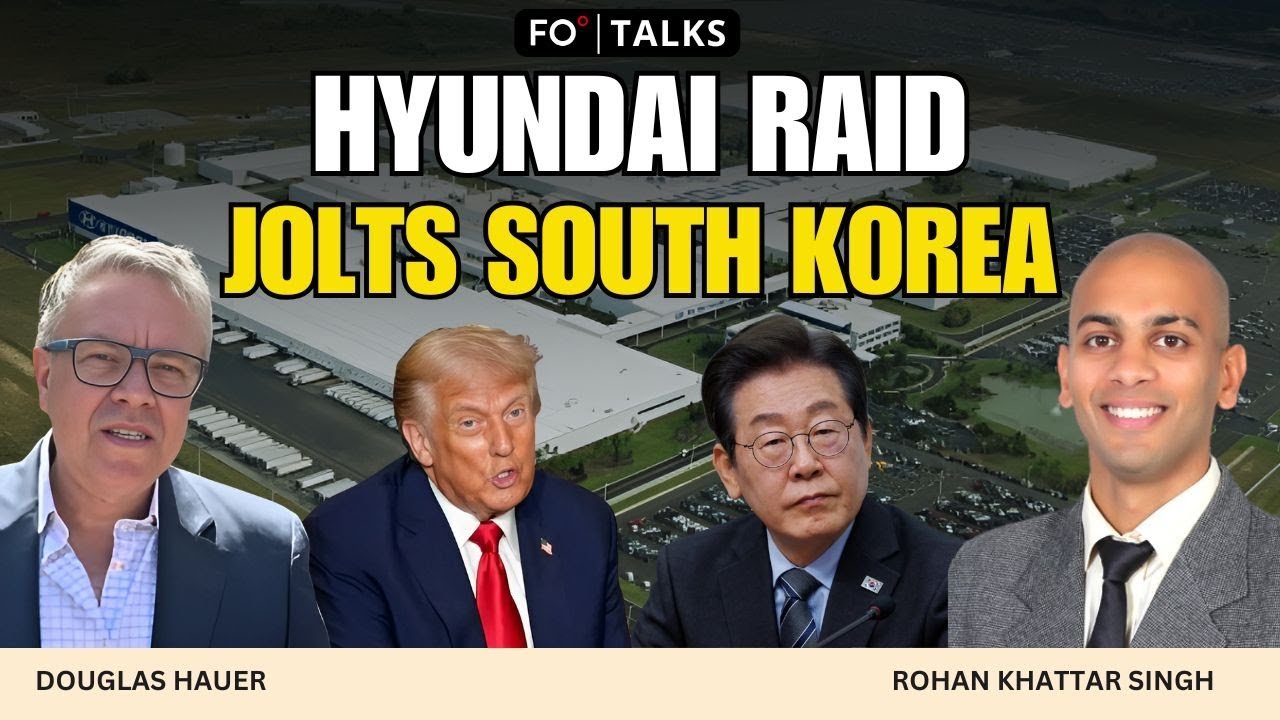

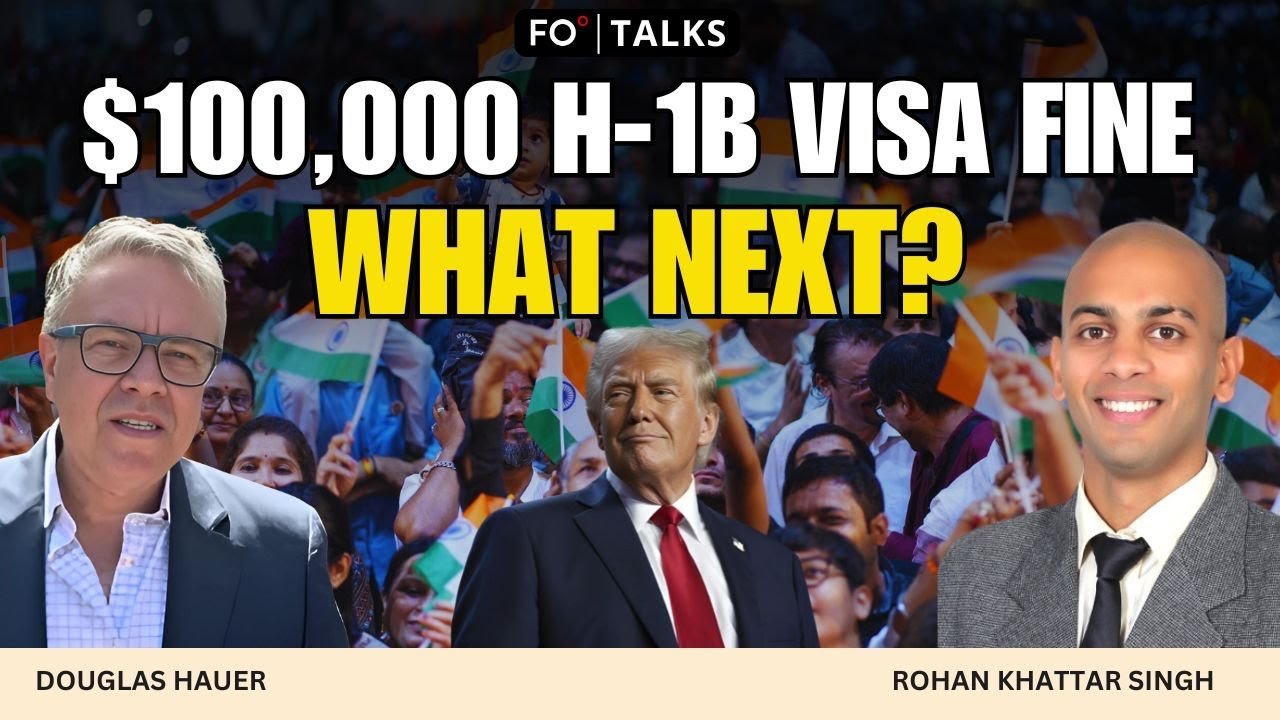


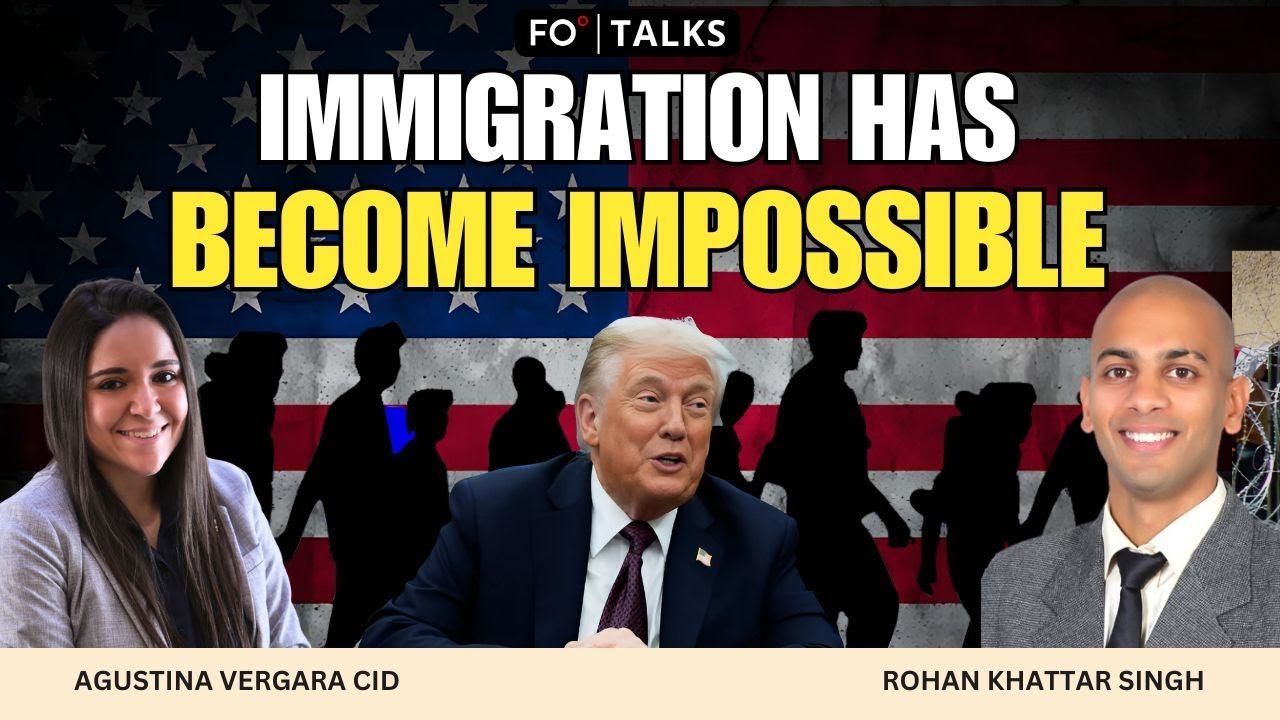

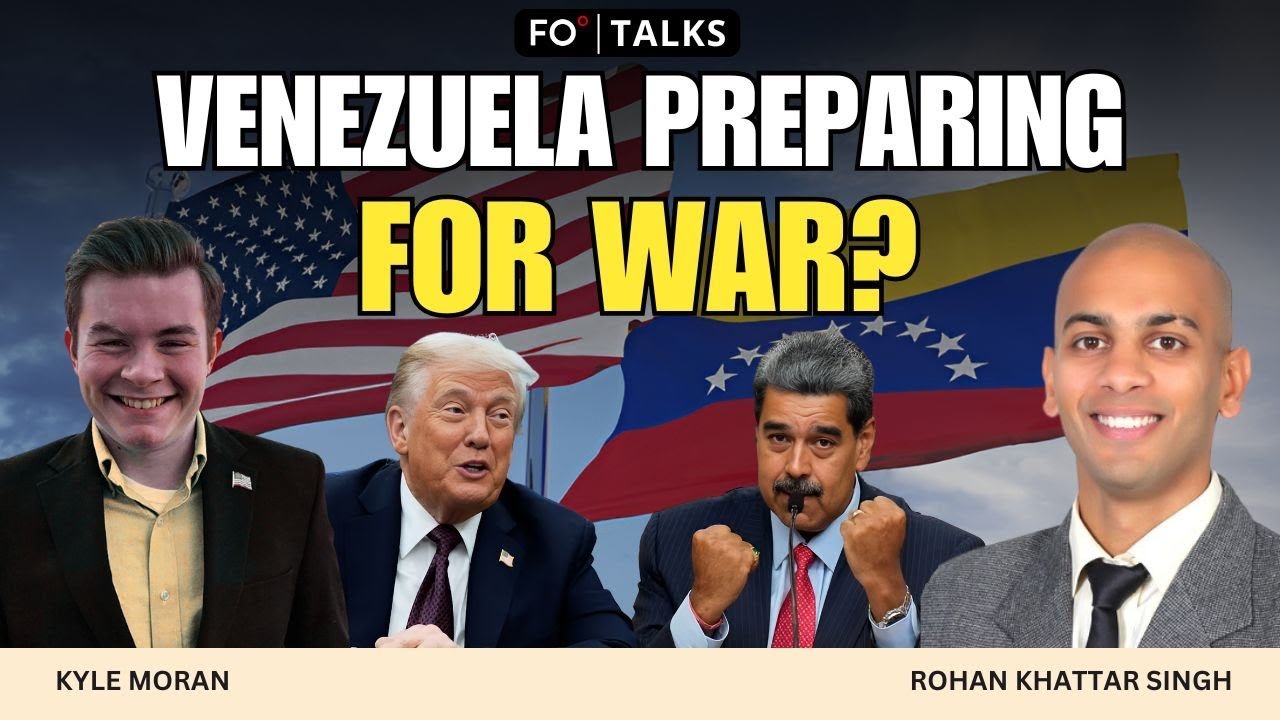

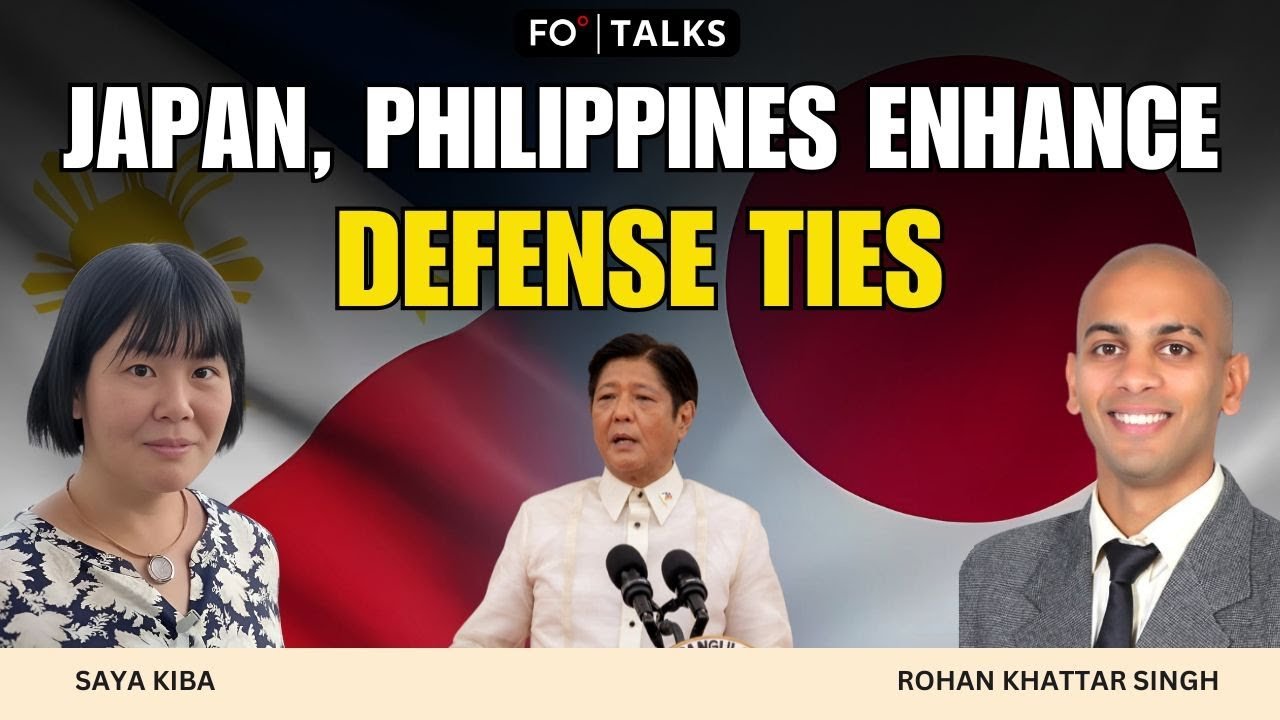
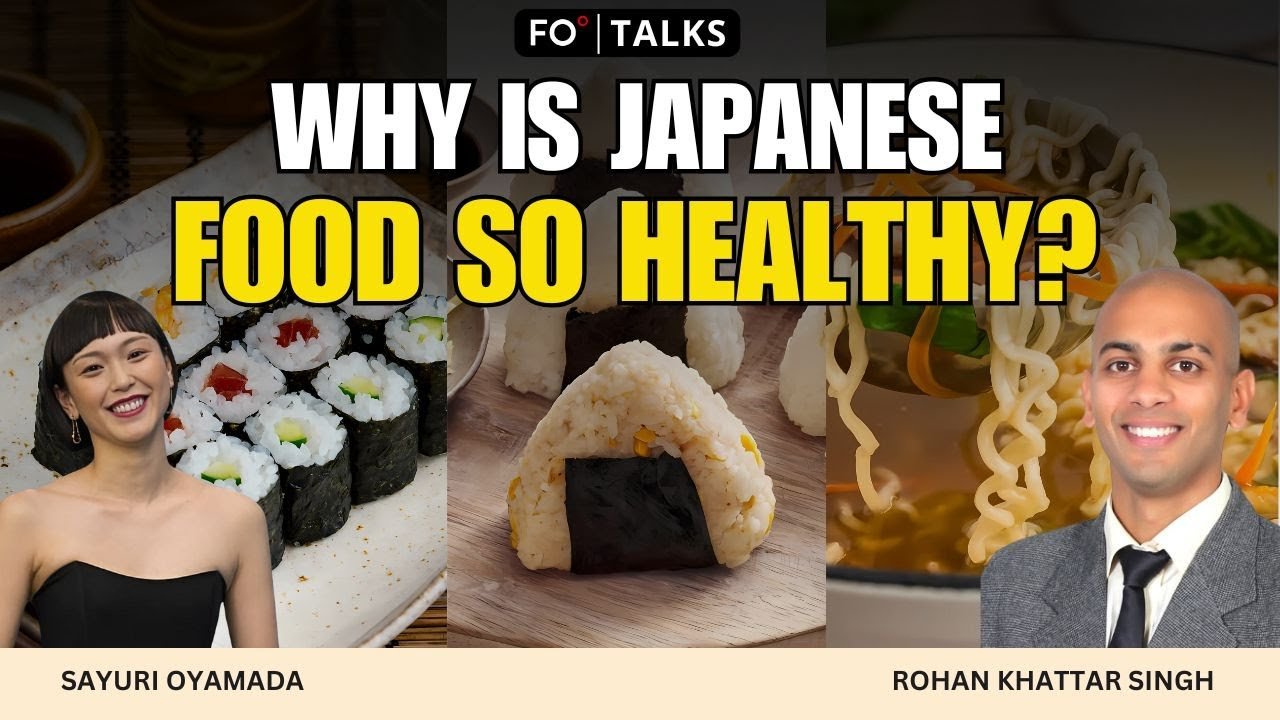

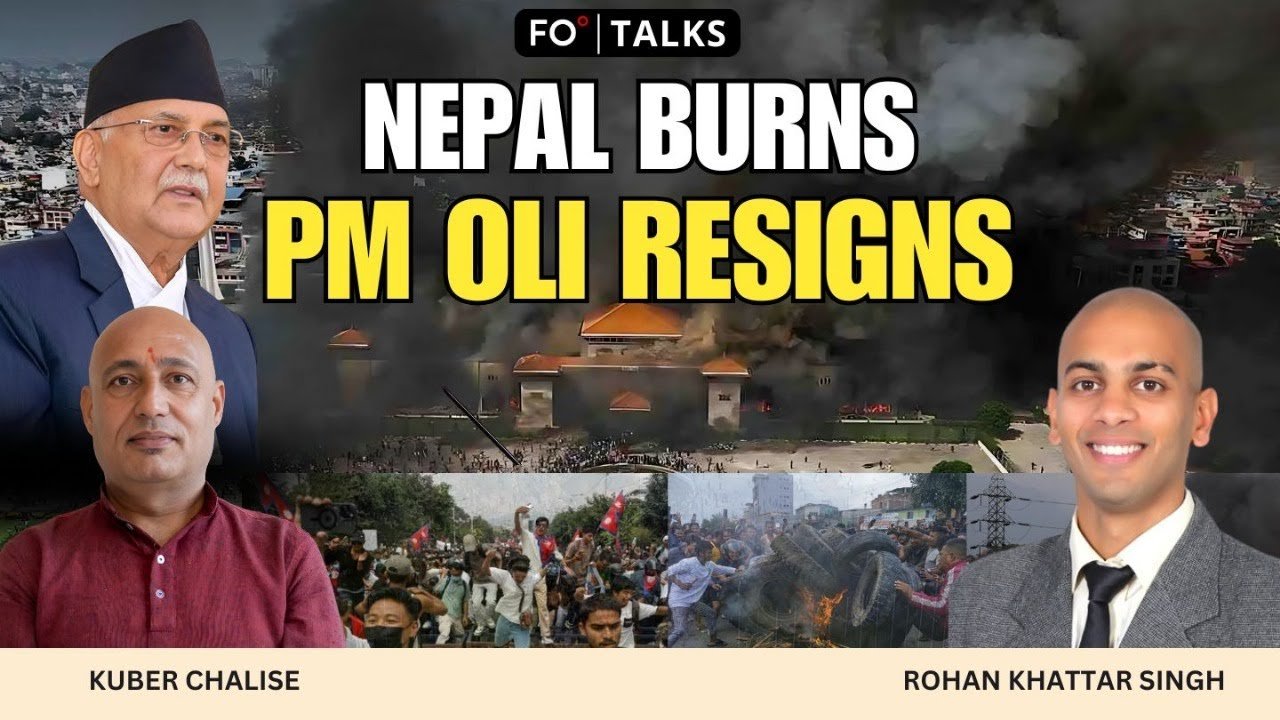

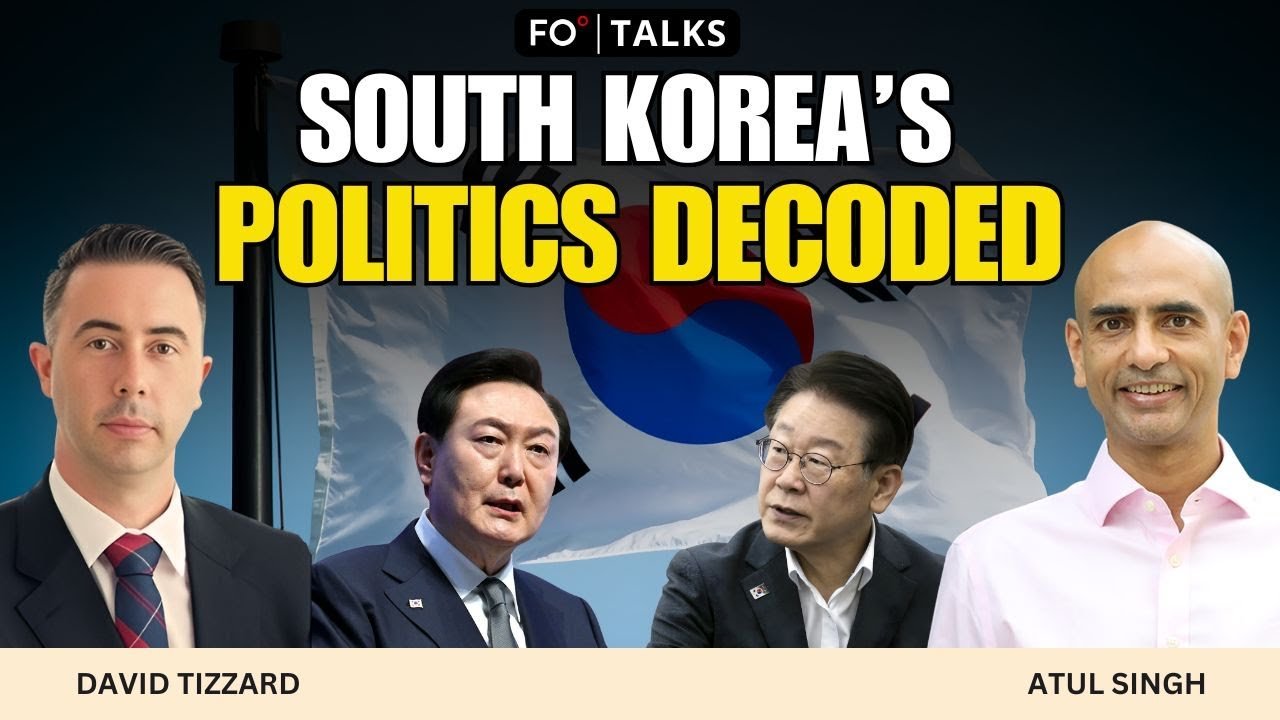

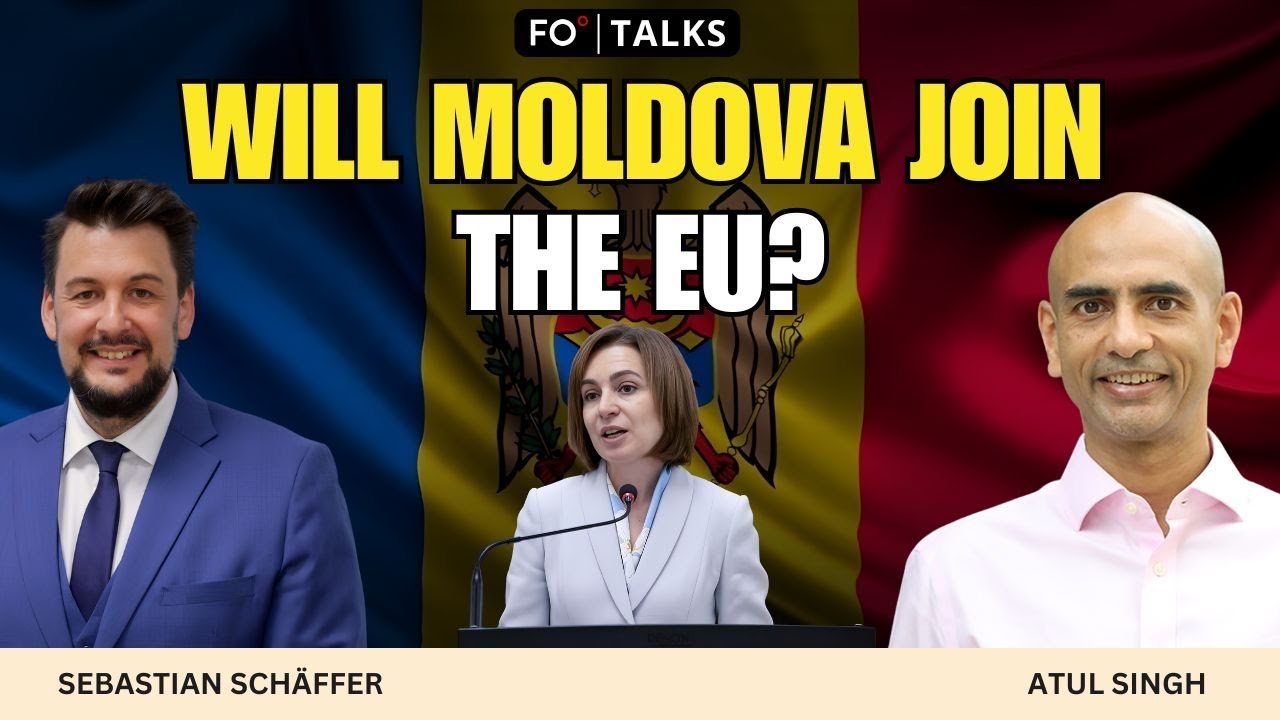


Comment